Time Period: Civil War through Reconstruction (1861 - 1874)
Augusta, Skirmish at
Augustus Garland House
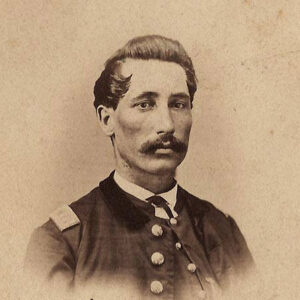 George S. Avery
George S. Avery
B. M. Runyan [Steamboat]
Bailey’s, Affair at
aka: Affair at Crooked Creek
Baker, Cullen Montgomery
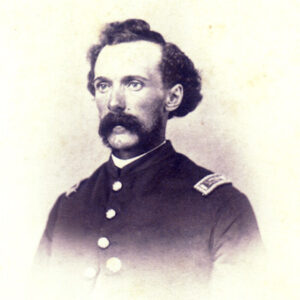 Nelson P. Baker
Nelson P. Baker
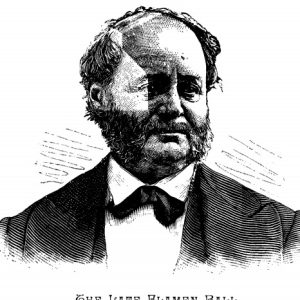 Flamen Ball
Flamen Ball
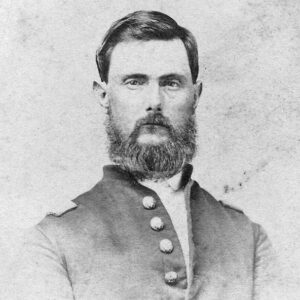 Achilles Ballard
Achilles Ballard
 Baring Cross Bridge
Baring Cross Bridge
Batesville after Freeman’s Command, Expedition from
Batesville Expedition
Batesville to Denmark, Fairview, Hitcher’s Ferry and Bush’s Ford, Scout from
Batesville to Devil’s Fork of the Little Red River, Expedition from
Batesville to Elgin, Expedition from
Batesville to near Searcy Landing, Expedition from
Batesville to West Point, Grand Glaize, Searcy Landing, etc., Scout from
Batesville, Skirmish at (February 4, 1863)
Batesville, Skirmish at (May 3, 1862)
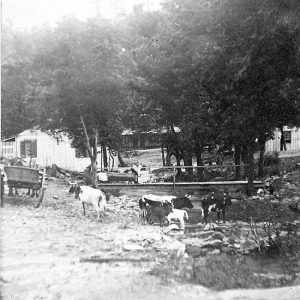 Bathhouse Row; 1867
Bathhouse Row; 1867
Batteries A, B, C, and D (Battle of Helena)
 Battery A
Battery A
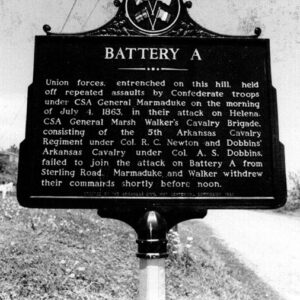 Battery A Marker
Battery A Marker
 Battery B Location
Battery B Location
 Battery B Marker
Battery B Marker
 Battery C
Battery C
 Battery C Cannon
Battery C Cannon
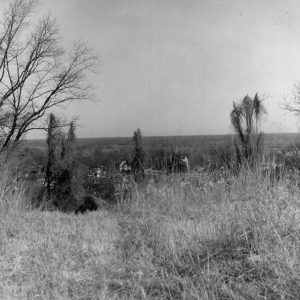 Battery C Location
Battery C Location
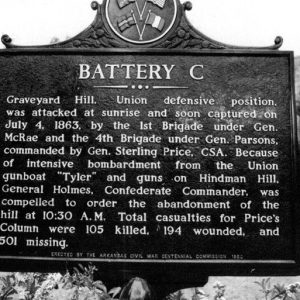 Battery C Marker
Battery C Marker
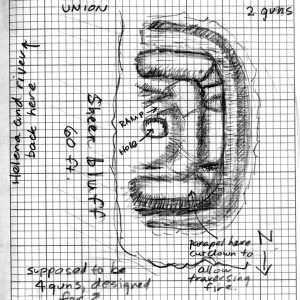 Battery D
Battery D
 Battery D Location
Battery D Location
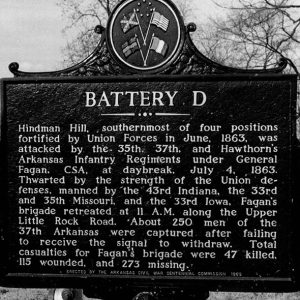 Battery D Marker
Battery D Marker
Battery E, Second U.S. Colored Artillery (Light)
 Battle of Arkansas Post
Battle of Arkansas Post
 Battle of Arkansas Post
Battle of Arkansas Post
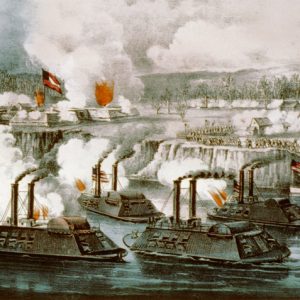 Battle of Arkansas Post
Battle of Arkansas Post
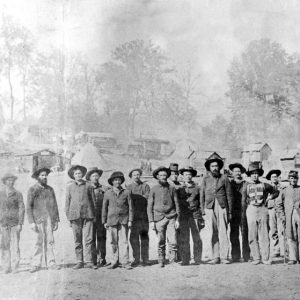 Battle of Arkansas Post Troops
Battle of Arkansas Post Troops
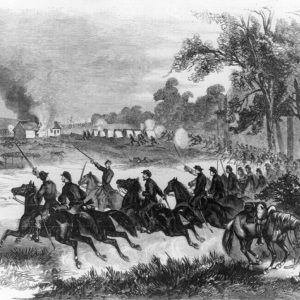 Battle of Honey Springs
Battle of Honey Springs
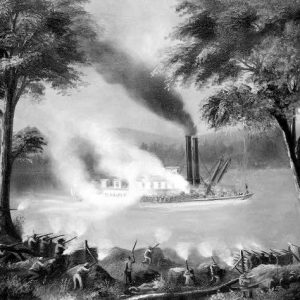 Battle of Palarm
Battle of Palarm
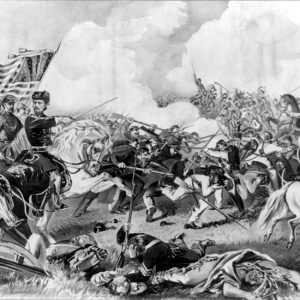 Battle of Pea Ridge
Battle of Pea Ridge
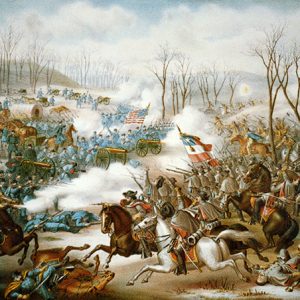 Battle of Pea Ridge
Battle of Pea Ridge
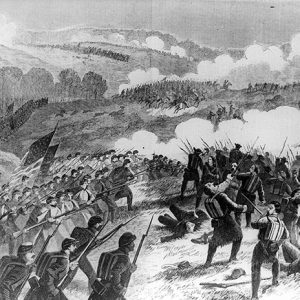 Battle of Pea Ridge
Battle of Pea Ridge
Baucum, George Franklin
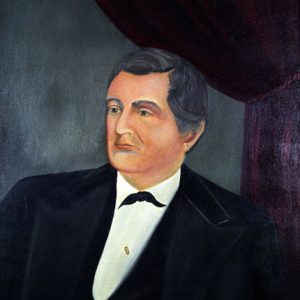 Elisha Baxter
Elisha Baxter
Baxter, Elisha
 William Baxter
William Baxter
 Elisha Baxter's Forces at Pine Bluff
Elisha Baxter's Forces at Pine Bluff
 Bayou Fourche
Bayou Fourche
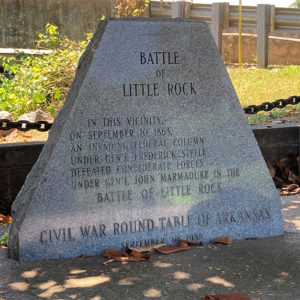 Bayou Fourche Commemorative Marker
Bayou Fourche Commemorative Marker




